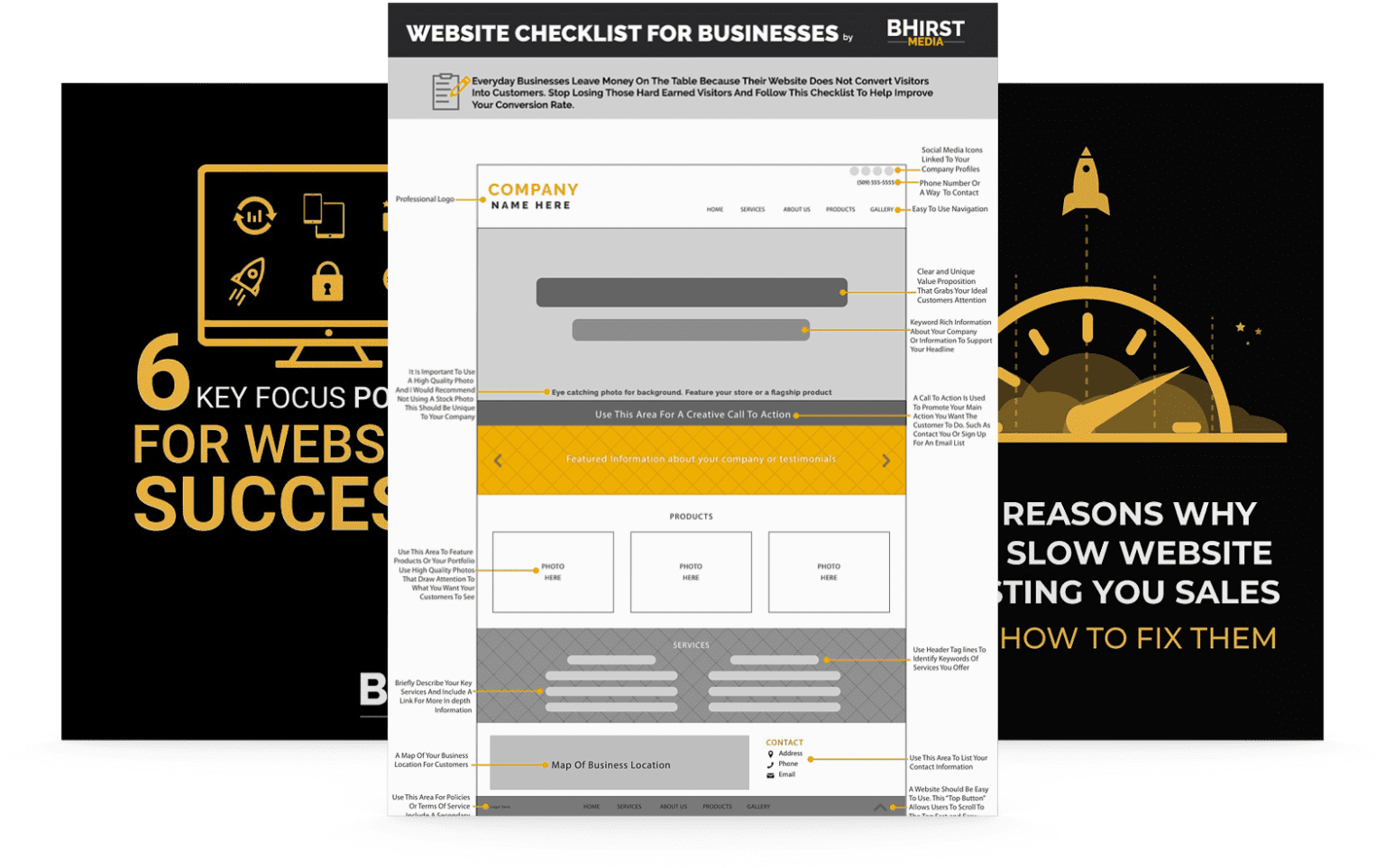
Picture walking into a store where customers take one look and immediately walk out – that’s exactly what’s happening on your website when visitors bounce. Research shows the average website bounce rate hovers around 50.9%, meaning half your potential customers leave without taking any action. For businesses investing in traffic acquisition, this represents a significant waste of marketing resources and missed opportunities for growth.
The impact on your bottom line is substantial. According to recent data, website conversion rates drop by an average of 4.42% for each additional second of load time between 0-5 seconds. With attention spans decreasing from 2.5 minutes in 2004 to just 47 seconds in 2024, the need to capture and maintain visitor attention has never been more critical.
Understanding why visitors leave is the first step to fixing your bounce rate issues. Research indicates that poor navigation, slow loading speeds, and lack of trust signals are among the primary culprits driving visitors away. Modern users expect seamless experiences, and websites that fail to deliver lose valuable opportunities to convert prospects into customers.
Mobile responsiveness plays a crucial role, with data showing that mobile drives nearly 5x more visitors than desktop. However, desktop still converts 8% better on average, highlighting a significant optimization opportunity for businesses. This gap becomes even more pronounced in certain industries, with professional services seeing up to 40% better conversion rates on desktop despite receiving 4x more mobile traffic.
Website speed directly impacts user engagement and conversion rates. Recent studies show that 53% of mobile users abandon sites that take longer than three seconds to load. This immediate loss of traffic translates to missed opportunities and wasted marketing spend. Implementing speed optimization techniques is no longer optional – it’s a business necessity.
Modern speed optimization requires a multi-faceted approach. This includes image compression, minimizing server response times, and reducing unnecessary code. Sites that achieve optimal loading speeds see bounce rates decrease by up to 20%, demonstrating the direct relationship between site performance and user retention.

Trust signals play a vital role in keeping visitors engaged. Research reveals that websites displaying security badges, customer testimonials, and clear contact information see significantly lower bounce rates. The data shows that visitors who encounter trust-building elements are 102.4% more likely to convert than those who don’t.
Professional design elements contribute significantly to establishing credibility. Studies indicate that 94% of first impressions are design-related, and 75% of users judge a company’s credibility based on their website design. Implementing clear navigation, professional imagery, and consistent branding helps create a trustworthy environment that encourages visitors to stay and explore.
With mobile traffic dominating online interactions, optimizing for mobile users is crucial. Data shows that mobile-friendly websites see 15.3% higher engagement rates than their non-optimized counterparts. This includes implementing responsive designs, touch-friendly navigation, and mobile-optimized content layouts.
Mobile optimization extends beyond just responsive design. Research indicates that mobile users have different browsing patterns and expectations. Successful mobile experiences feature simplified navigation, larger touch targets, and content specifically formatted for smaller screens. Sites that excel in mobile optimization report bounce rate reductions of up to 35%.
Content relevance and readability significantly impact bounce rates. Recent studies show that content written at a 5th to 7th-grade reading level converts 56% better than more complex writing. This emphasizes the importance of clear, accessible content that quickly delivers value to visitors.
Strategic content placement also plays a crucial role. Heat mapping studies reveal that users spend 80% of their time above the fold, making this prime real estate for engaging content. Websites that optimize their above-the-fold content with clear value propositions and compelling calls-to-action see bounce rate improvements of up to 25%.
Effective website navigation directly correlates with lower bounce rates. Studies show that 94% of users want easy navigation on websites, and 38% will leave if they find the layout unattractive or difficult to navigate. Creating intuitive navigation paths helps visitors find what they’re looking for quickly and efficiently.
Strategic menu design and clear call-to-action placement can reduce bounce rates significantly. Research indicates that websites with streamlined navigation structures see up to 18.5% lower bounce rates than sites with complex or confusing navigation patterns. Implementing breadcrumbs, clear menu hierarchies, and intuitive search functionality helps keep visitors engaged and moving through your site.
Let’s address some common questions about reducing website bounce rates:
While it varies by industry, the average bounce rate across all industries is 50.9%. Aim for a rate below 40% for optimal performance.
Use analytics tools, heat mapping, and user session recordings to track visitor behavior and identify exit points.
Yes, research shows that a one-second delay in page load time can increase bounce rates by 32%.
Critical – with mobile accounting for over 60% of web traffic, mobile optimization directly impacts user engagement and conversion rates.
